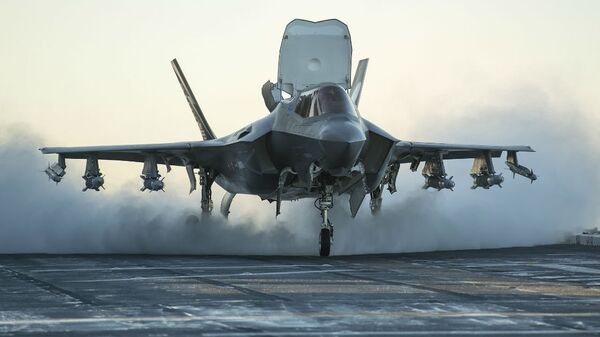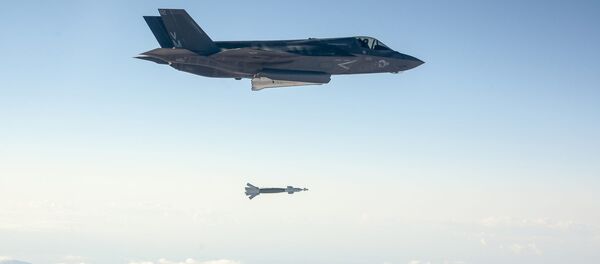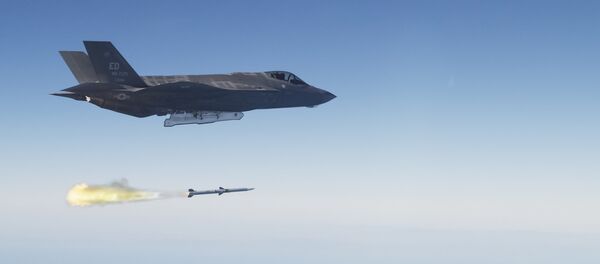The service has endured “a very anemic ramp” while incorporating F-35Bs into its aviation force, Lt. Gen. John Davis, deputy commander for aviation at the US Marine Corps, said Wednesday, DefenseNews reports. Consequently, “we’ve been holding onto the older airplanes longer,” Davis said.
The air chief expressed optimism about achieving his aims, telling the reporter that, “If asked by the American people,” Davis could put more F-35Bs into fighting condition “very, very quickly.”
By boosting the F-35B yearly procurement rate from 20 to 37, the force could retire its legacy F/A-18 Super Hornets and Harrier jets, according to the Marines. Like the F-35B, the UK-made Harrier jet features helicopter-like vertical takeoff, or Vertical/Short Takeoff and landing (V/STOL), capabilities.
Picking up the pace of fifth-generation F-35 purchases is “clearly a priority,” according to Gen. David Goldfein. Whether expansion of the F-35 deliveries would be the best use of limited budget resources is “going to be a department-level discussion,” he added.
The White House and F-35-manufacturer Lockheed Martin recently finalized terms for a deal to deliver 90 F-35s in a sale worth $8.5 billion.
Analysts that have observed the notorious the F-35 Joint Strike Fighter program, the ‘most expensive weapon program in world history,’ since its inception argue that cost reductions are baked in. The cost-savings touted by the President “would’ve happened if Hillary Clinton had been elected president,” Loren Thompson, a defense consultant who has advised multiple top Pentagon contractors, including Lockheed Martin, said. The savings were dubbed “a given, regardless of Trump,” by Chemring Group CEO Michael Flowers, one of the Lockheed Martin’s industry partners in the construction of the F-35.




